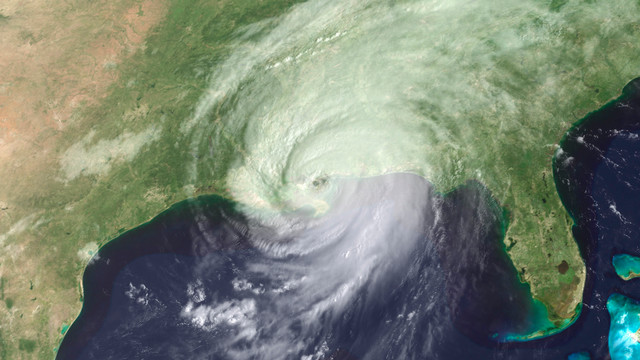20th Anniversary of Hurricane Katrina: The Impact of Community After Disaster
Expert Alert
When Hurricane Katrina struck the Gulf Coast in 2005, it became the deadliest and costliest natural disaster in U.S. history. Melissa Ooten, an academic expert who researches disasters and how they shape communities, argues that it also made one thing undeniable: community organizing is not just important, it’s lifesaving. She shares how the recovery of New Orleans’ Lower Ninth Ward offers a post-disaster blueprint for other communities.
How did Hurricane Katrina impact the lower Ninth Ward in New Orleans?
Ooten: The effects of Katrina almost completely destroyed the Lower Ninth Ward. Due to a series of issues ranging from governmental neglect to the decision to build a canal that exposed the neighborhood to ocean-fueled storm surges, the Lower Ninth Ward felt the largest impact within New Orleans because it was a historically segregated neighborhood that often served as the site for risky projects that the rest of the city refused. However, the Lower Ninth survived largely due to its close-knit community, with neighbors and residents fiercely advocating for the right to return while demanding that steps be taken to prevent a future storm from causing such destruction again.
How are the effects of Hurricane Katrina still being felt today?
The Lower Ninth Ward itself has fewer than 5,000 residents today, while it boasted more than 14,000 before Katrina. As a result, it contends with compounding problems that come from decreased population density, like the inability to attract a grocery store to a known food desert. Without easy access to basic goods like groceries, it’s harder to attract new residents, creating a cyclical effect that hinders the neighborhood’s growth.
It's not just the Lower Ninth that’s still feeling the effects in New Orleans. According to the National Institutes of Health data, the city population in 2025 is nearly 100,000 less than in 2005 before the storm. While it’s still a majority Black city, the percentage of city residents who identify as Black has also dropped from 69% in 2005 to 55% today. That’s due to a lot of factors, but a prime reason is that Katrina was most likely to displace Black residents, and they were least likely to have the personal economic resources to return to the city. Gentrification, which began in earnest in the post-Katrina years as there simply wasn’t enough housing for residents, pushed many working-class residents out of the city permanently.
What can be learned from the Lower Ninth Ward’s recovery efforts?
When Hurricane Katrina hit, many preventable problems caused additional destruction. For example, the city evacuation plan did not account for communities like the Lower Ninth, where only 25% of people had access to private transportation,
Post-Katrina, however, residents successfully advocated for a range of resources necessary to return and rebuild their neighborhood, from the closing of the canal that brought ocean-sized storm surges directly into their community to insisting that the city provide basic utility service.
The recovery of the lower Ninth, as uneven as it has been, would have been impossible without residents supporting one another and demanding what they needed to return and rebuild. Communities can and should advocate to acquire the resources needed to combat climate-fueled disasters.
To better prepare before a crisis, leaders should consider the diversity of their communities, particularly in terms of resource availability. Working-class communities are less likely to have the private resources to evacuate without the help of governmental officials. They also tend to house more populations of the elderly and disabled, making both communication about disasters and rescue resources even more vital. But most of all, leaders need to be in close contact with the communities that they serve, as it’s the residents who are best able to educate leaders as to what their needs and vulnerabilities are, and how leaders can act in their best interests to ensure that everyone’s needs are met.
